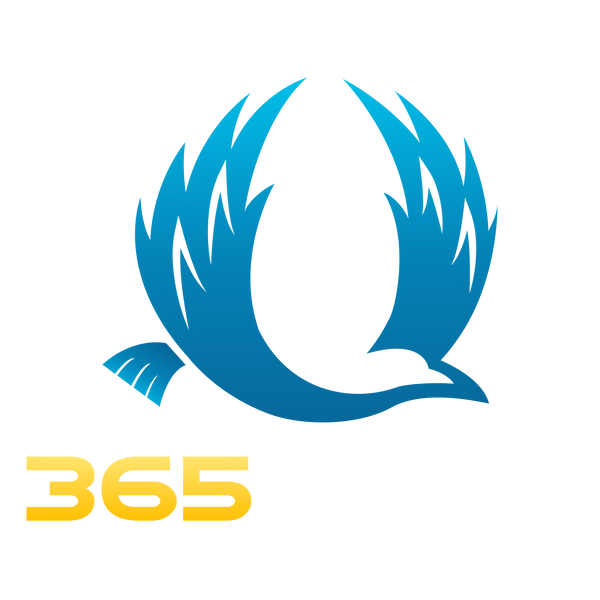1
/
of
1
Slot Gacor
365RAJA: Situs Slot Online Gacor yang Mudah Kasih Jackpot Besar
365RAJA: Situs Slot Online Gacor yang Mudah Kasih Jackpot Besar
Regular price
Rp 68.889,00 IDR
Regular price
Unit price
/
per
Temukan slot gacor terbaru di 365RAJA dan nikmati fitur menarik seperti spin gratis dan bonus besar. Mainkan sekarang untuk kesempatan menang yang menggiurkan! Situs 365Raja menawarkan permainan slot online terpercaya dengan beragam provider dan ratusan game mudah menang. Dapatkan keuntungan maksimal dengan layanan 24/7, bonus besar, dan dukungan pelanggan yang responsif.
Share



